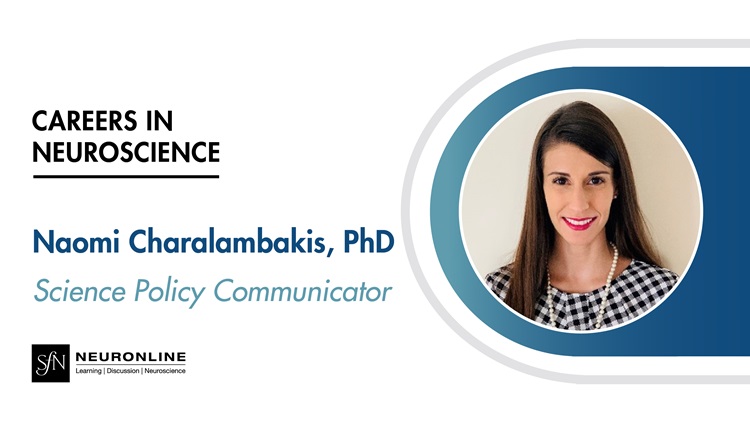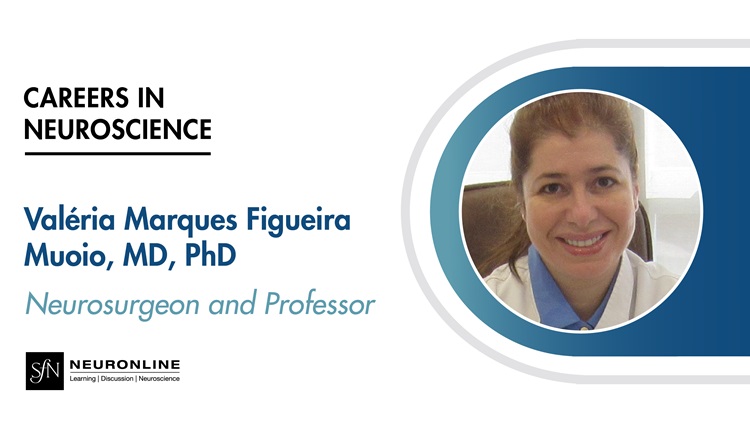
Considering a career in academia? Small liberal arts institutions are just one of many options. See if they’re the right fit for you by learning about the opportunities and challenges in this type of environment.
Opportunities
True collaboration equates to big impact. How?
- Students often work one-on-one with faculty in the lab.
- Summer and independent research offer beneficial opportunities.
- Labs are truly investigative.
- Small classes foster great experiential learning.
- Team-teaching emphasizes interdisciplinary perspectives, which is also beneficial to learning opportunities for faculty.
Excellent students can make a big difference.
- There is enthusiasm from students who are interested in everything and want to learn it all.
- Liberal arts training teaches them to think critically. For many students, faculty are guides rather than sources of knowledge.
- Teaching isn’t about lecturing on material as much as it’s about helping students to learn to think and how to ask questions.
Challenges
A small school means a small department. With this size comes certain restraints including:
- Scientific isolation. This makes attending conferences extremely important, though travel resources may be scarce.
- The school may have only a few faculty members representing the entire field of neuroscience.
- Students may not be exposed to the diversity of the field.
- The level of sophistication in courses and lab experiences can suffer.
- One faculty member on sabbatical or with many administrative duties can derail the neuroscience curriculum.
- Replacement hires may or may not fill critical gaps.
- Infrequent hires can mean stagnation in lab techniques, though sabbaticals can help.
- The pace of research can be very slow.
Small schools may not have distinct departments.
- Neuroscience programs can be staffed by psychology, biology, and chemistry faculty with neuroscience research interests.
- Needs of interdisciplinary programs can get overlooked.
- Tension with departmental responsibilities can arise. Whose budget? Who takes interdisciplinary majors? How is teaching credit allotted? Departmental budgets may not be large enough to cover research costs.
Small schools may have undergraduate training challenges.
- There’s a need for disciplinary foundations in biology, chemistry, and physics, but how much background is necessary?
- Students may not “discover” neuroscience until junior year, meaning they may not have biology and chemistry background coursework completed.
- Millennial students tend not to start out learning for learning’s sake. Transforming them from high school students into independent thinkers is a major responsibility.
- Millennial students are also inclined to be accustomed to explicit directions and clear directions, as well as be over-planned and scheduled. Encouraging their ability to adapt to ambiguous circumstances and manage their time on their own is critical.
- Often, just when students get really good in the lab, they graduate.
Adapted from the presentation, “Small Scale, Big Impact: Neuroscience and the Liberal Arts,” by Shelly Dickinson, PhD.
4 of 5 articles left
Login
or
Become a Member
to unlock content


.jpg?h=423&w=750&la=en&hash=5874576AB4EF551095D71B87EF35C5F1D909877E)





